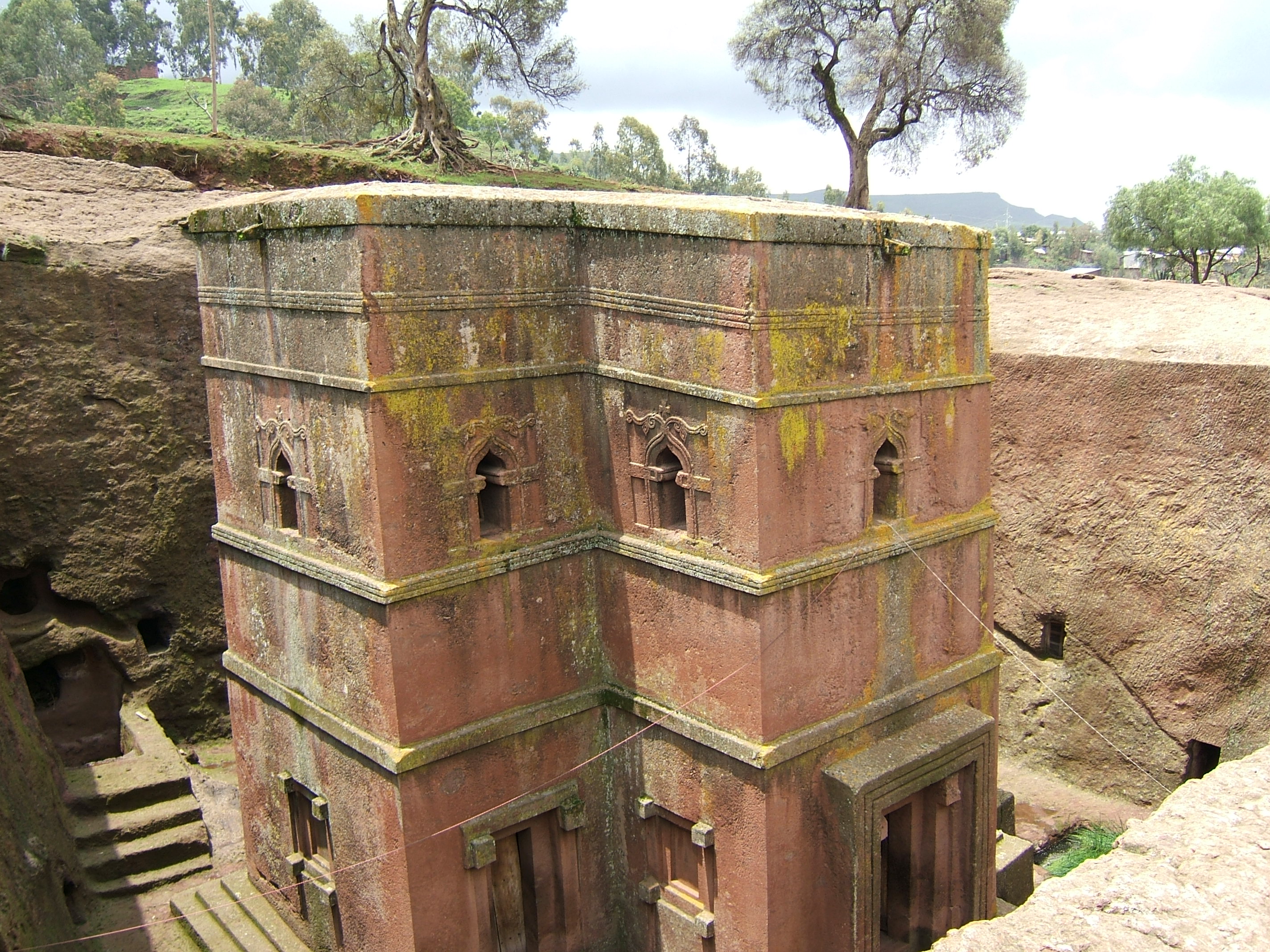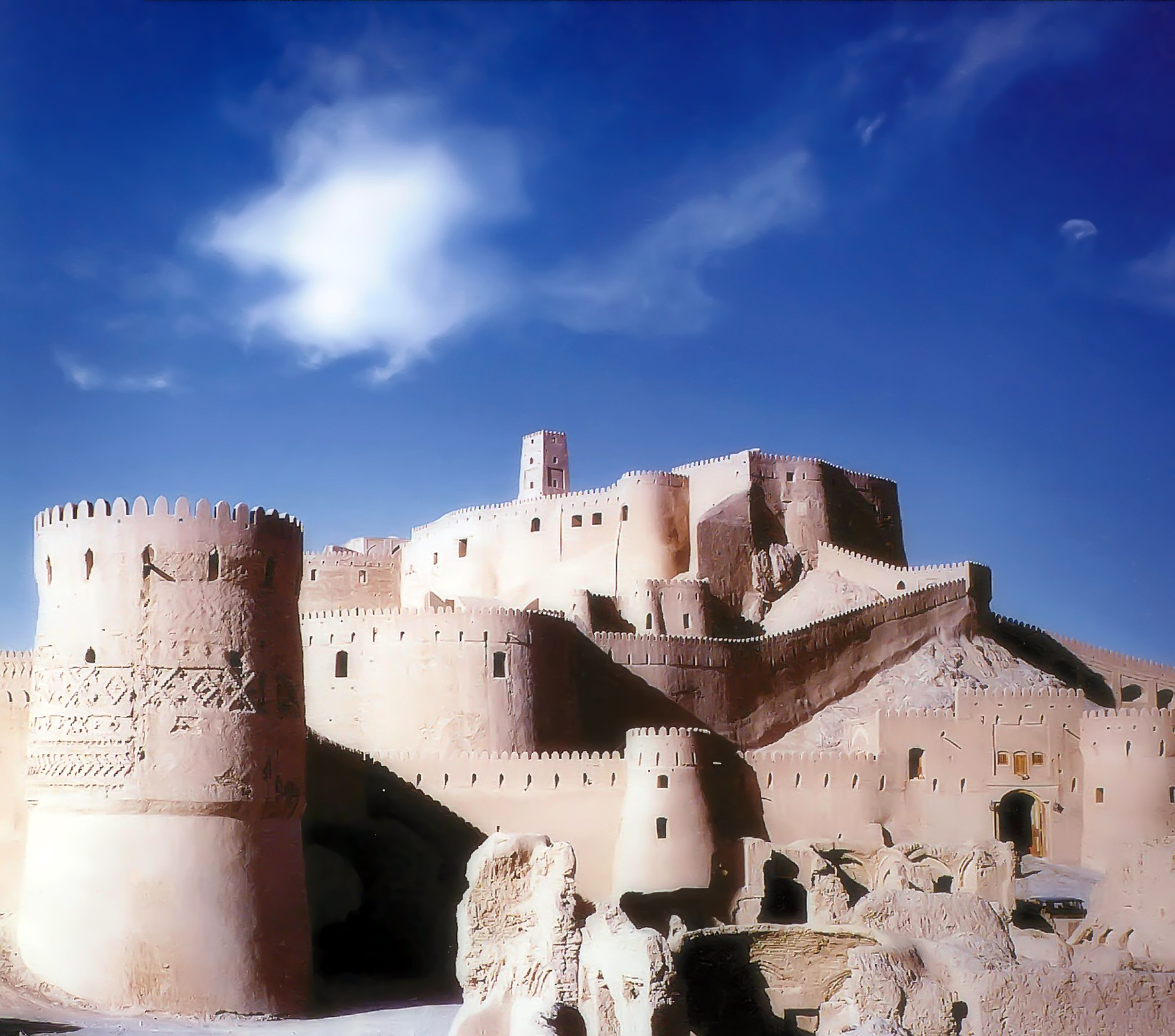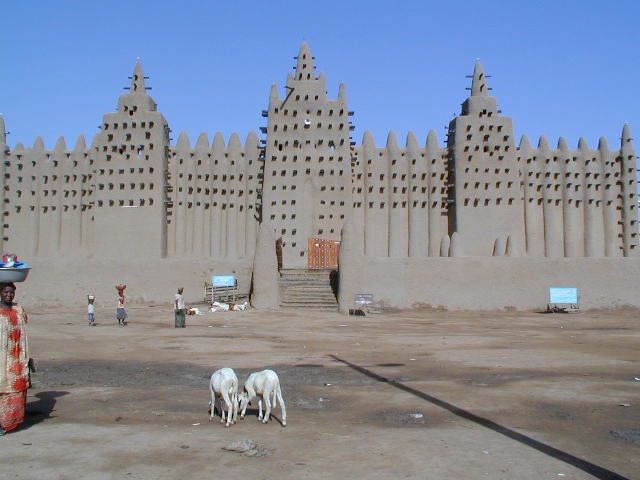The ancient seven wonders were chosen by the Greeks, mostly to marvel at their own civilisation and to honour the Egyptians who lent them much of theirs. Popular voting was used to create a new list recently, and the ones chosen finally are some mix of nationalism, romanticism and other feelings, not exactly the best criteria to choose any. I suppose then that I can stake my right to choose my own set. Seven is of course a number that holds some magic sway over humans, so here are my seven, all of them incidentally, UNESCO World Heritage Sites. By the way, I have not seen even one of them.
Kizhi Pogost: A complex of churches on Kizhi island on Lake Onega in Russian Karelia. The Transfiguration Church (built 1722) with 22 onion-shaped domes and the Intercession Church (built 1764) with 9 domes are made entirely of wood, without even a single iron nail (though I cannot account for modern repairs).
Kizhi Pogost: A complex of churches on Kizhi island on Lake Onega in Russian Karelia. The Transfiguration Church (built 1722) with 22 onion-shaped domes and the Intercession Church (built 1764) with 9 domes are made entirely of wood, without even a single iron nail (though I cannot account for modern repairs).
Iron Bridge: A bridge in Shropshire, England over the Severn. It stands as a symbol of the Industrial Revolution, and was the first structure to be made entirely of cast iron. A total of 800 pieces were cast, and assembled using carpentry techniques.
Kailasanatha Temple: A Hindu temple in Ellora, Maharashtra, India dedicated to the God Shiva. It is a monolith, i.e. a structure made entirely by cutting out rock from a natural formation, in this case about 400,000 tonnes of basalt. It is a UNESCO World Heritage Site.
Bete Giyorgis: Another monolithic monument, a cross-shaped Christian church in Lalibela, Ethiopia. It is also a UNESCO World Heritage Site along with other monolithic churches in the region.

Arg-e-Bam: A citadel built entirely of adobe or mud-brick in Bam, Iran. It lasted 2000 years before being nearly destroyed by an earthquake in 2003, though it is being repaired.

Great Mosque: Another adobe construction in Djenné, Mali. It is the best representative of the Sahelian school of architecture of Islamic Africa, and a centre of learning along with the Q’uranic University of Sankore.

Machu Picchu: An Inca city over the Urubamba Valley in Peru. Built in 1450 from rectangular stones, it is the best representative of the ashlar technique, in which stones are made to fit very tightly together without any cement or mortar whatsoever.

What I find most fascinating about these seven is the fact that the first feeling they inspire is actually wonder. Not awe like the Pyramids, not beauty like say the Taj Mahal, not wistfulness like Angkor Wat nor reverence like Jerusalem. And not wonder at some curious feature either, like how or why the Leaning Tower is still standing, or who had the patience to make all the warriors of the Terracotta Army. You look at it, and wonder how it was built, and what inspired the builders to make it the way they did. They used the material they could get hold of, and the techniques that they knew. Which is why I have not chosen to include any structure that uses brick-and-mortar, marble or other stones, or steel-and-concrete, materials that are pliable in competent hands and which do lead to constructions of stunning beauty. It may be biased in favour of architecture than any other consideration, but what else are you supposed to judge in a building?
Comments
-- Akshaya